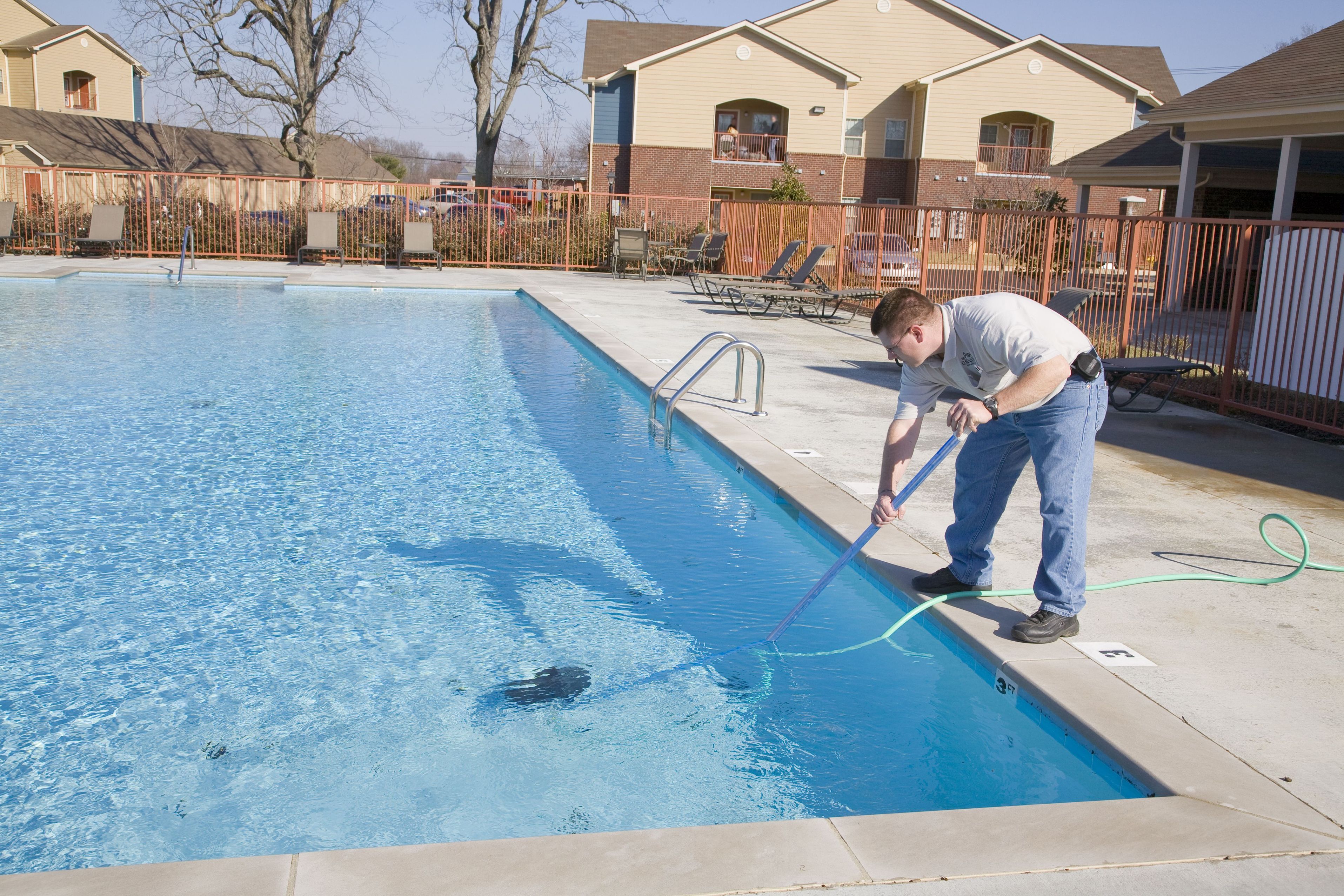Pipelines of all types can fail. For some pipelines, it may be issues with limited flow due to biological material and scale build-up in the interior of the pipe. When this happens, the only option is to have the pipeline cleaned and maintained, which can be a costly operation.
If there is damage to the pipeline, including a small or large leak, pipeline repair will be required. This can mean replacing sections of the pipe, but it also signals potential other problems looming on the horizon with the pipe still in use.
In both situations, the pipeline will be out of use for several weeks or months until the pipeline repair is completed. With an old pipeline, this may need to be repeated multiple times as it ages, adding to decreased use of the pipe, increased costs and the always present considerations of lawsuits and fines.
A Proactive Alternative
Once there are damaged areas of a pipeline, particularly if due to corrosion or age, many companies assume the only answer is to replace the pipeline, which can be daunting both in downtime as well as in cost.
However, there is another important consideration and option which is long-lasting, relatively low cost when compared to the alternative of replacing and continual repair and one that doesn’t require complete trenching of the current pipe.
This option includes the use of specially designed high-density polyethylene liners. These are compressed and pulled through the existing pipe, then allowed to expand and fill the inside of the pipe. The liner is flexible yet incredibly strong and it is heat sealed at the joints to prevent any risk of leaks.
In fact, what is created is a pipe within a pipe. The liner is resistant to sludge and scale build-up, so it will maintain a better flow than the original pipe. The existing pipe provides the support for the liner, which forms a dual-containment arrangement at a much lower cost than replacing the existing pipe.
The Benefits of High-Density Polyethylene
High-density polyethylene or HDPE is known or its corrosion resistance as well as use in a wide temperature range. This material can stand up to high pressures and it is supported by the exterior pipe, so it can be used in CO production as well as injection lines. It is also used for sour and wet gas as well as offshore drilling, so it really can span a wide range of different applications.
To put this pipeline repair option in perspective, these HDPE liners can last 50 plus years and require only the minimal in maintenance. They are cost effective, durable and an ideal option for a pipeline of any size.

